Perhaps one of the most famous exhibitions of gold nuggets in the United States is the collection of Arthur J. Sexauer, which has been on display at the famous Golden Nugget Hotel and Casino in Las Vegas, Nevada for the last twenty-seven years. Stephen Wynn and Mr. Sexauer agreed to display the thirty-one nuggets at the casino on October 10, 1979. They have been continuously on display there until August 2006 in a purpose-built, bullet-proof case. Tour buses stop at the casino for the distinct purpose of allowing passengers to view the nugget collection. It is impossible to know how many viewers there have been of this collection, but the estimate probably numbers in the millions. The search for gold played a major role in shaping the history of Alaska (it was named the “State Mineral in 1968). It was the discovery of gold in 1896 that really brought people to Alaska. Prospector George Carmack struck gold on the Bonanza Creek, a tributary of the Klondike River in Canada’s Yukon Territory just over the Alaskan border. It was the richest gold strike ever made. However, it was not until July 1897, when two steamships, The Excelsior and the S.S. Portland, arrived in San Francisco and Seattle, with a combined $1.5 million in Klondike gold that the media created a frenzy—“gold fever” spread like wildfire. The news occurred during a worldwide recession and within six months thousands of people from around the country abandoned their lives as they knew them and headed for the Klondike in search of riches. Of the approximately 100,000 gold-seekers who set off for the Yukon only about 30,000 actually completed the trip—many dying along the treacherous route. While only a few actually made a fortune, towns such as Skagway sprang up overnight to tend to the needs of the thousands of “stampeders” who came through town needing supplies. Then, in 1899, prospectors struck gold in Nome on the western coast of Alaska. Eight thousand miners departed the Klondike for the beaches of Alaska—a new gold fever had taken over. The pinnacle year for gold production in Alaska was 1900. The money earned from mining fell significantly after that, and the Gold Rush ended nearly as quickly as it had begun. At the time of the gold rushes nuggets did not have any subjective value other than their intrinsic gold content. Nuggets were melted and assayed to determine their gold value so that payment could be obtained for provisions. Indeed, given all worldwide localities, almost all nuggets found prior to 1990 have been melted down. The present collection of Alaskan nuggets, all retrieved during the second half of the 20th Century from placer deposits, were selected by Mr. Sexauer for both their beauty or for their role in local Fairbanks lore. While in many parts of the world gold is often found in quartz veins or lodes, the specimens from this region are most frequently found in alluvial placer deposits. This is a general term for material that has been washed away from its motherlode—or source— by a body of running water. Through the disintegration or decomposition of the original enclosing rock, and subsequent concentration by gravity, it is deposited as sediment in the bed of the stream or on its flood plain or delta. “Placer claims” as they are known, are divided into twenty-acre sections and are painstakingly worked by panning, dredging and hydraulic mining. Less than two per cent of the world's mined gold is in nugget form and the appreciation for natural Alaskan gold nuggets is increased when one bears in mind the logistics and conditions encountered mining gold in this last frontier—far harsher than any place else in the world. Mining this far north is only possible 90 days per year, under adverse conditions far from civilization, typically involving freezing water. A large proportion of labor to retrieve material is for nought. Even the largest gold mining operation in Alaska, the Fort Knox Mine near Fairbanks, for instance must process nearly 33 tons
Perhaps one of the most famous exhibitions of gold nuggets in the United States is the collection of Arthur J. Sexauer, which has been on display at the famous Golden Nugget Hotel and Casino in Las Vegas, Nevada for the last twenty-seven years. Stephen Wynn and Mr. Sexauer agreed to display the thirty-one nuggets at the casino on October 10, 1979. They have been continuously on display there until August 2006 in a purpose-built, bullet-proof case. Tour buses stop at the casino for the distinct purpose of allowing passengers to view the nugget collection. It is impossible to know how many viewers there have been of this collection, but the estimate probably numbers in the millions. The search for gold played a major role in shaping the history of Alaska (it was named the “State Mineral in 1968). It was the discovery of gold in 1896 that really brought people to Alaska. Prospector George Carmack struck gold on the Bonanza Creek, a tributary of the Klondike River in Canada’s Yukon Territory just over the Alaskan border. It was the richest gold strike ever made. However, it was not until July 1897, when two steamships, The Excelsior and the S.S. Portland, arrived in San Francisco and Seattle, with a combined $1.5 million in Klondike gold that the media created a frenzy—“gold fever” spread like wildfire. The news occurred during a worldwide recession and within six months thousands of people from around the country abandoned their lives as they knew them and headed for the Klondike in search of riches. Of the approximately 100,000 gold-seekers who set off for the Yukon only about 30,000 actually completed the trip—many dying along the treacherous route. While only a few actually made a fortune, towns such as Skagway sprang up overnight to tend to the needs of the thousands of “stampeders” who came through town needing supplies. Then, in 1899, prospectors struck gold in Nome on the western coast of Alaska. Eight thousand miners departed the Klondike for the beaches of Alaska—a new gold fever had taken over. The pinnacle year for gold production in Alaska was 1900. The money earned from mining fell significantly after that, and the Gold Rush ended nearly as quickly as it had begun. At the time of the gold rushes nuggets did not have any subjective value other than their intrinsic gold content. Nuggets were melted and assayed to determine their gold value so that payment could be obtained for provisions. Indeed, given all worldwide localities, almost all nuggets found prior to 1990 have been melted down. The present collection of Alaskan nuggets, all retrieved during the second half of the 20th Century from placer deposits, were selected by Mr. Sexauer for both their beauty or for their role in local Fairbanks lore. While in many parts of the world gold is often found in quartz veins or lodes, the specimens from this region are most frequently found in alluvial placer deposits. This is a general term for material that has been washed away from its motherlode—or source— by a body of running water. Through the disintegration or decomposition of the original enclosing rock, and subsequent concentration by gravity, it is deposited as sediment in the bed of the stream or on its flood plain or delta. “Placer claims” as they are known, are divided into twenty-acre sections and are painstakingly worked by panning, dredging and hydraulic mining. Less than two per cent of the world's mined gold is in nugget form and the appreciation for natural Alaskan gold nuggets is increased when one bears in mind the logistics and conditions encountered mining gold in this last frontier—far harsher than any place else in the world. Mining this far north is only possible 90 days per year, under adverse conditions far from civilization, typically involving freezing water. A large proportion of labor to retrieve material is for nought. Even the largest gold mining operation in Alaska, the Fort Knox Mine near Fairbanks, for instance must process nearly 33 tons
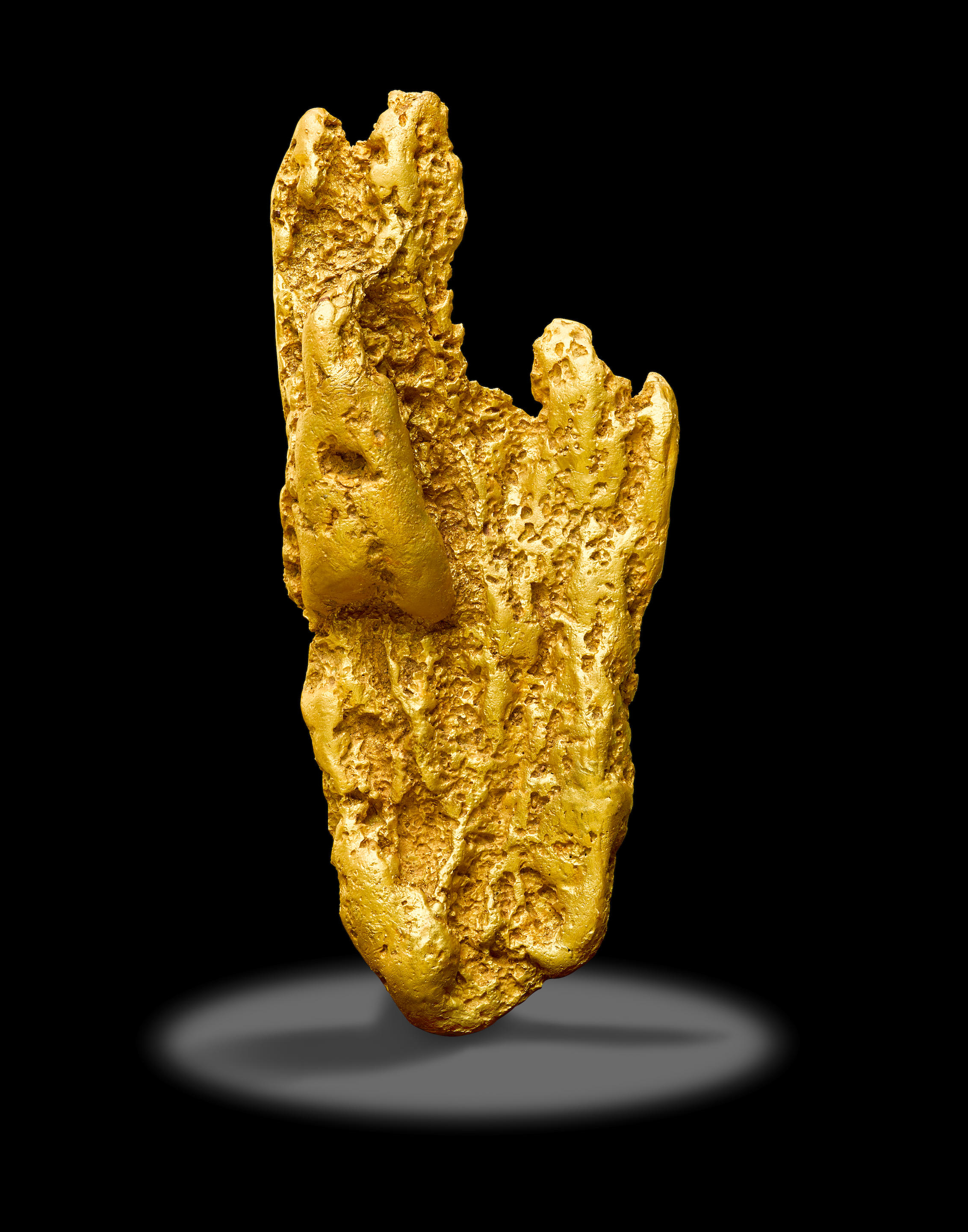
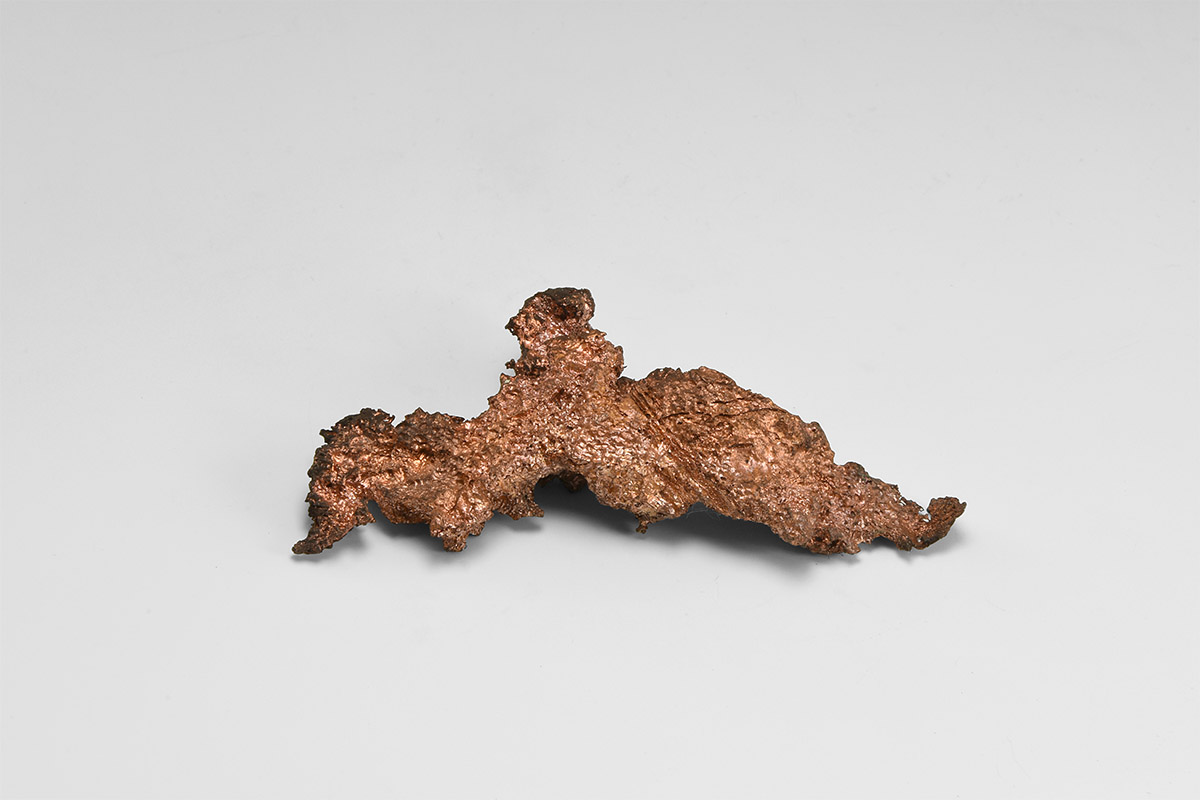
.jpg)
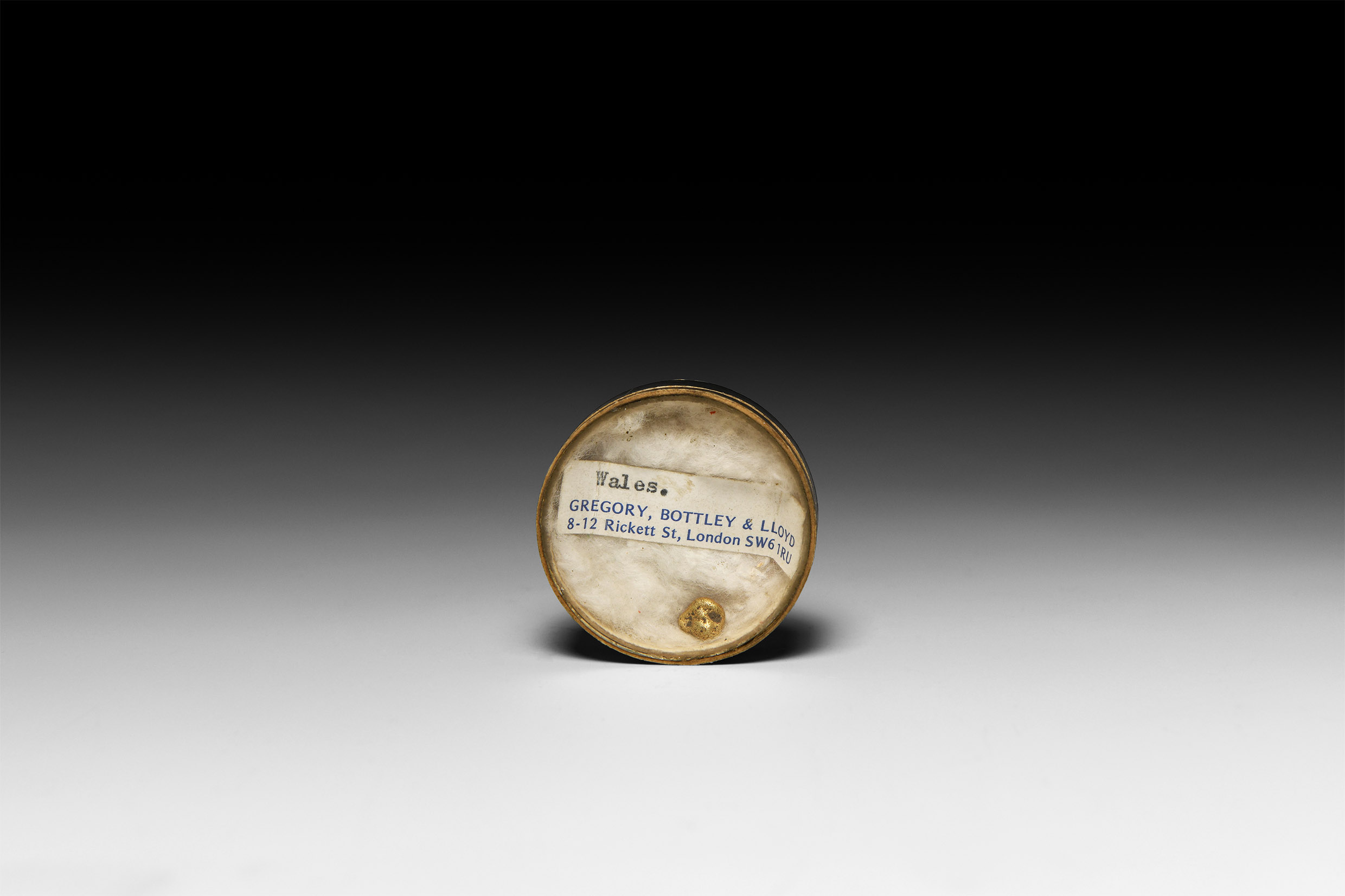


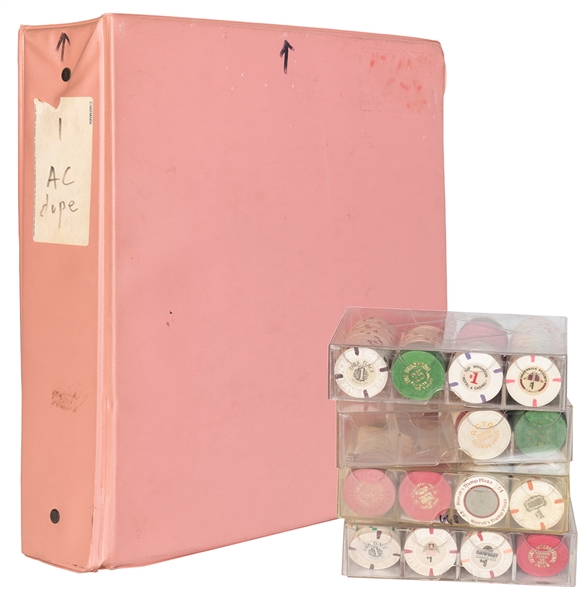
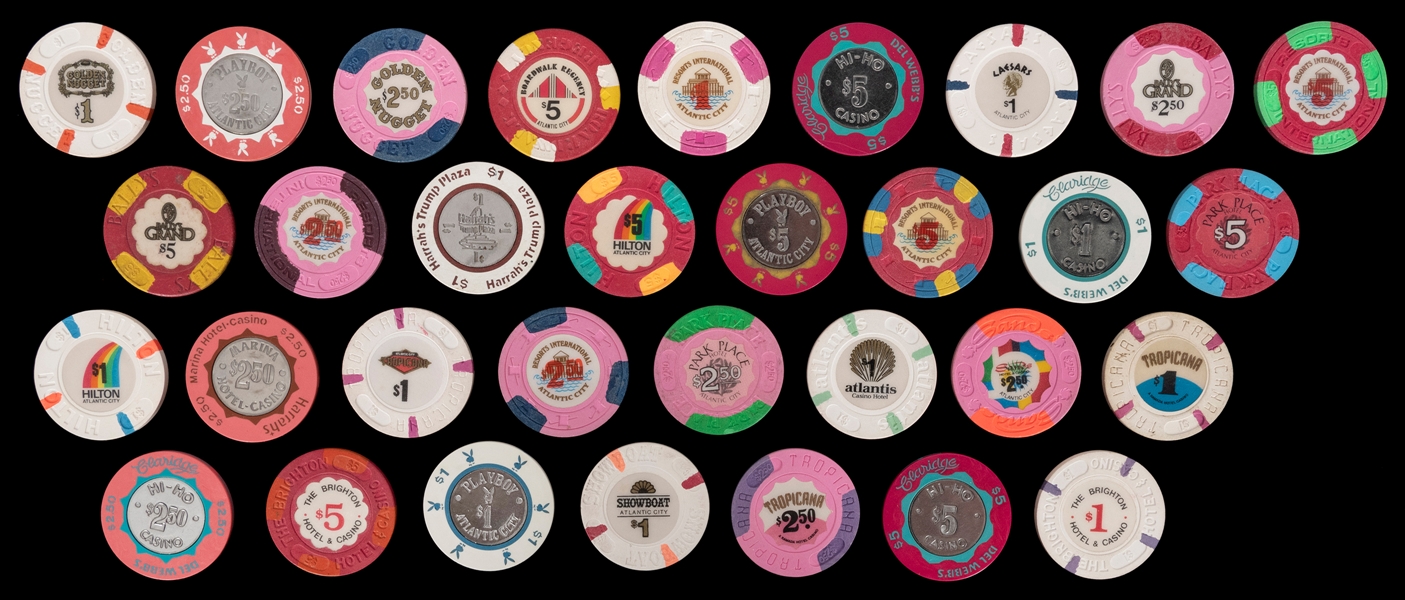
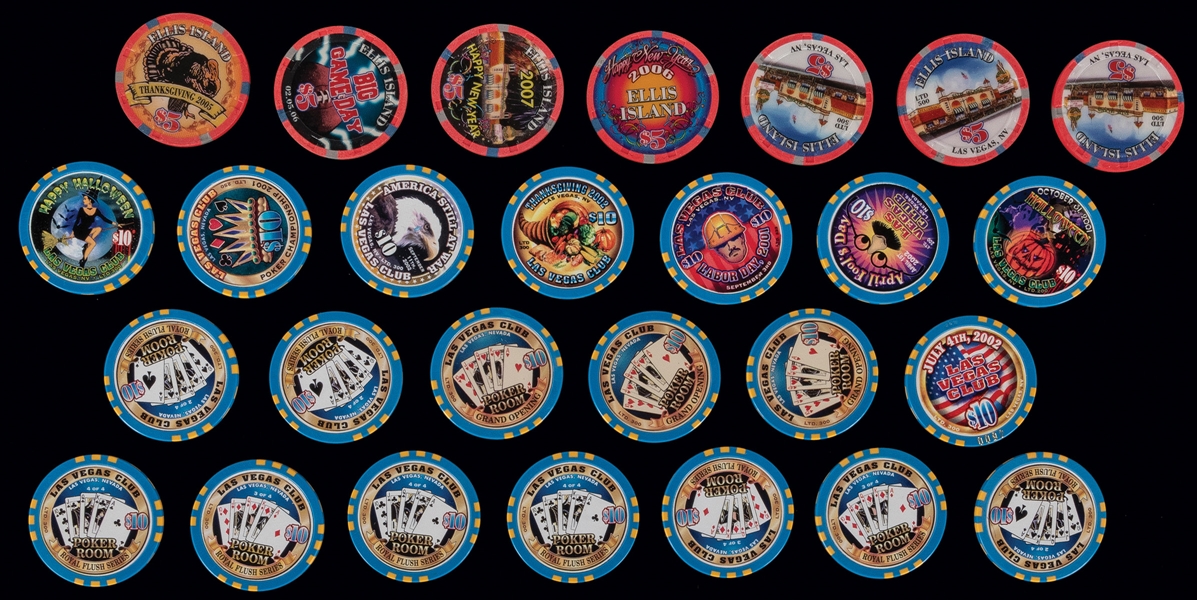

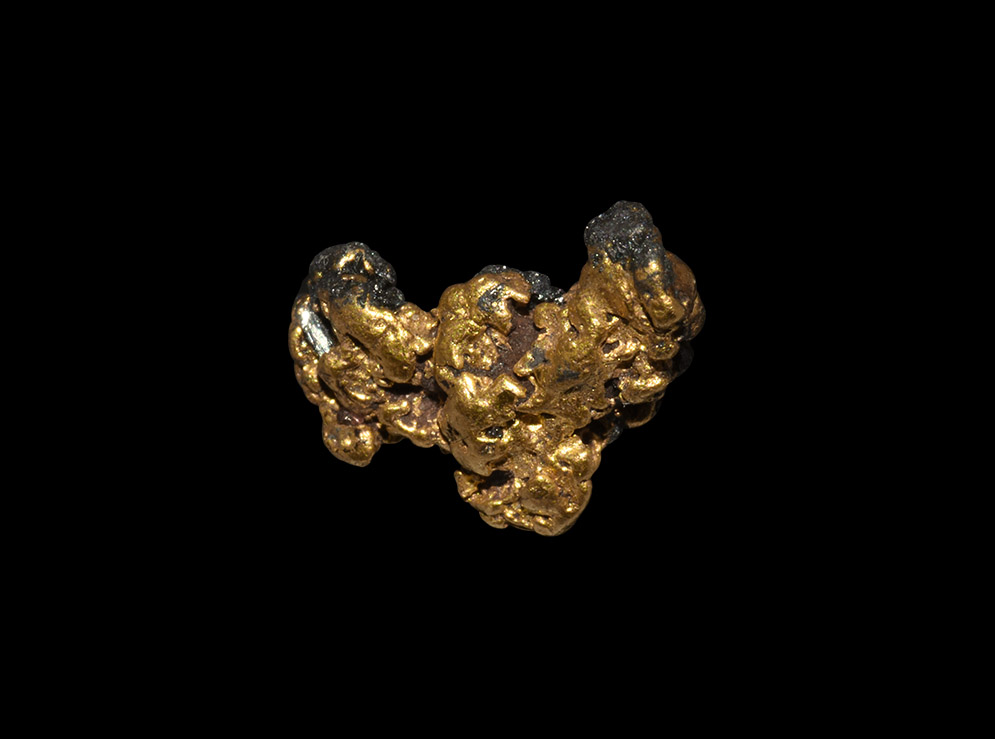
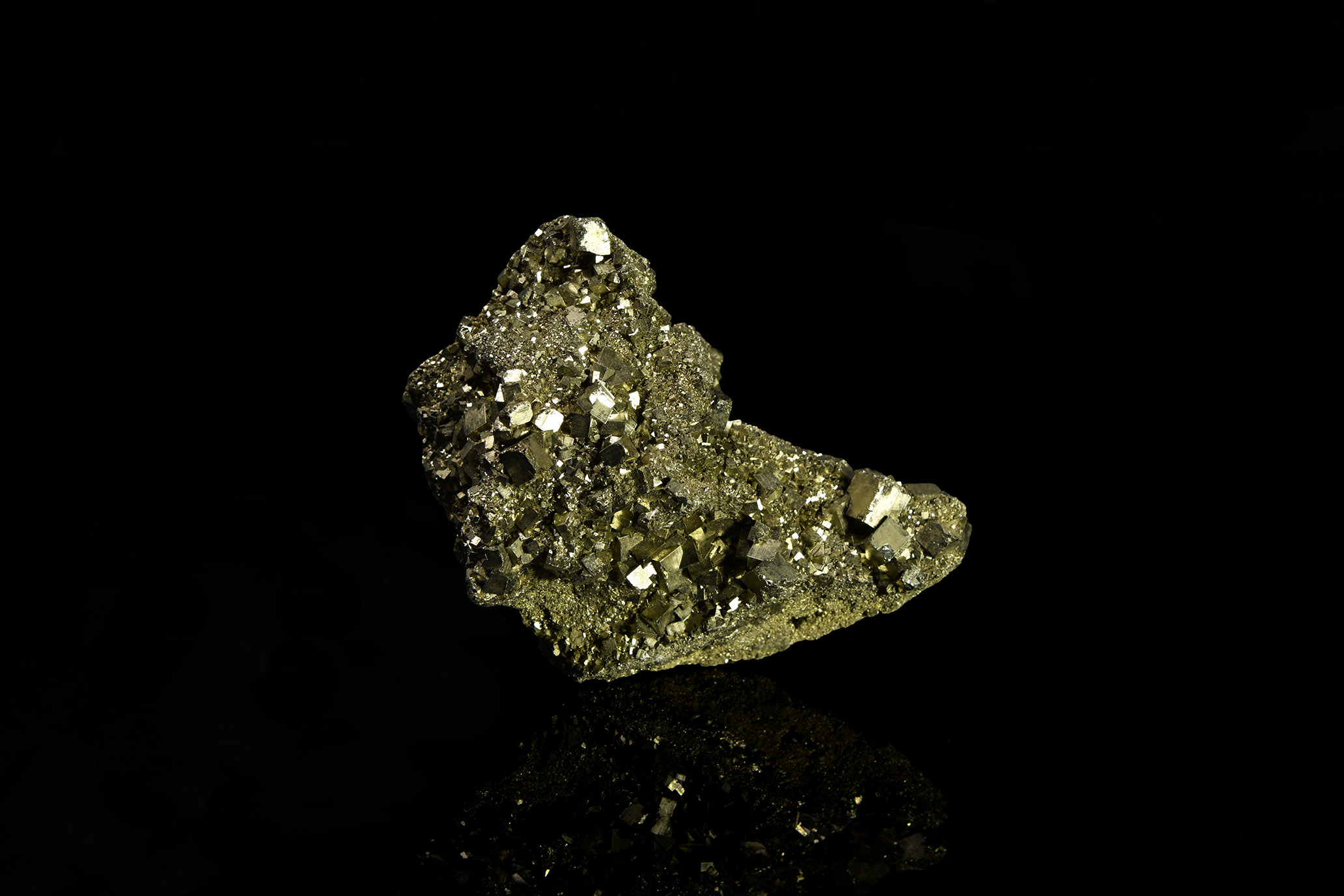
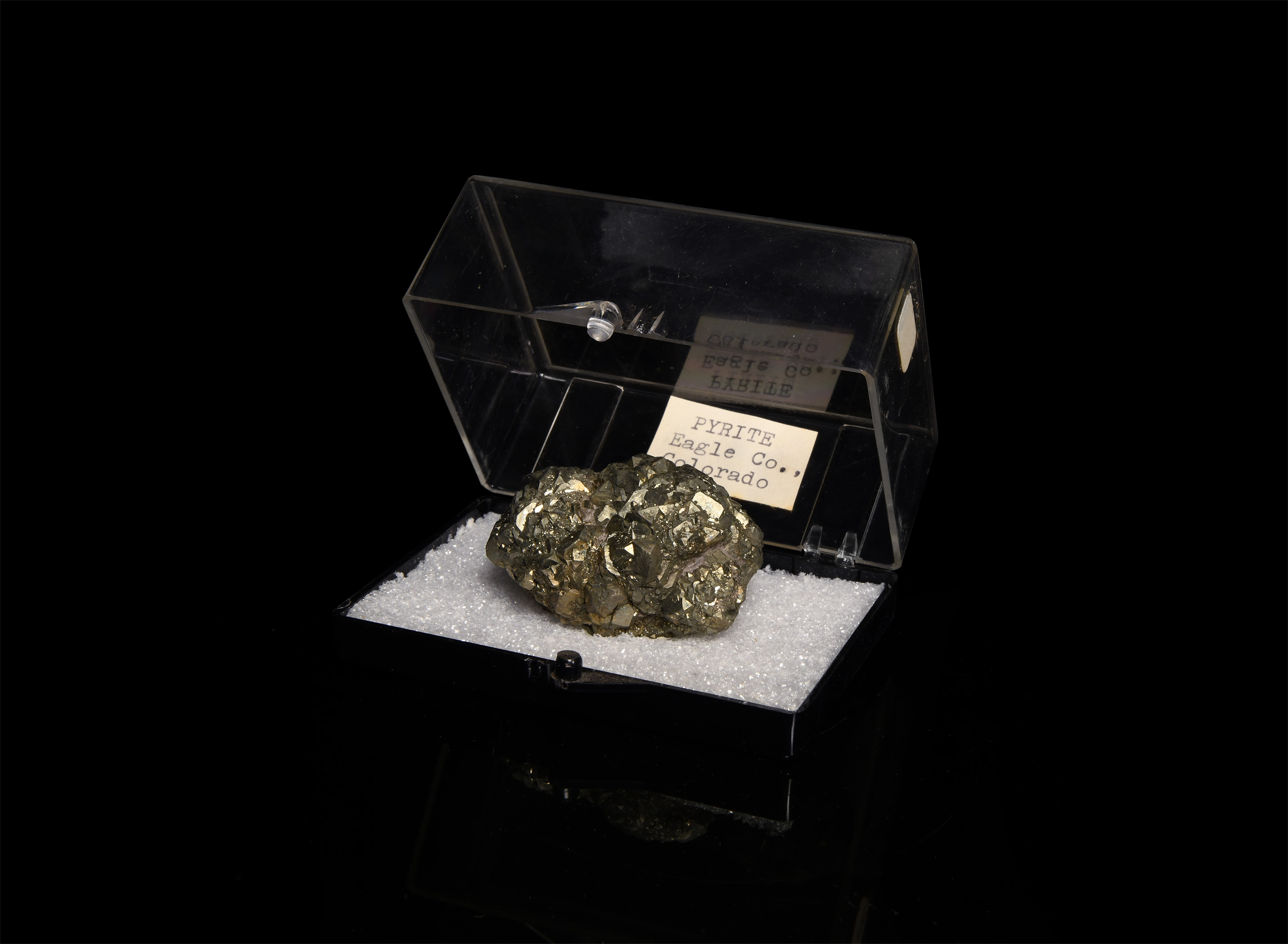


Try LotSearch and its premium features for 7 days - without any costs!
Be notified automatically about new items in upcoming auctions.
Create an alert